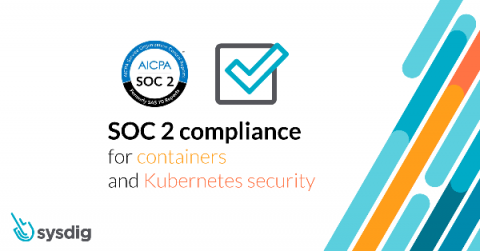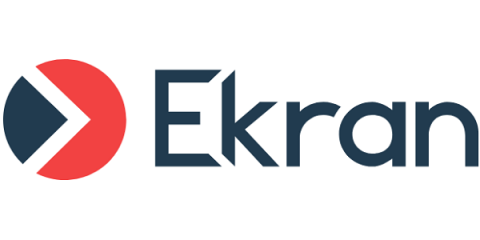Security | Threat Detection | Cyberattacks | DevSecOps | Compliance
Compliance
What is FedRAMP? Compliance and certification explained
The Federal Risk and Authorization Management Program (FedRAMP) is a compliance program established by the US government that sets a baseline for cloud products and services regarding their approach to authorization, security assessment, and continuous monitoring.
SOC 2 compliance for containers and Kubernetes security
This article contains useful tips to implement SOC 2 compliance for containers and Kubernetes. The Service Organization Controls (SOC) reports are the primary way that service organizations provide evidence of how effective their controls are for finance (SOC 1) or securing customer data (SOC 2, SOC 3). These reports are issued by the American Institute of Certified Public Accountants (AICPA).
CMMC compliance explained: what is the Cybersecurity Maturity Model Certification?
With an escalating cybersecurity threat risk that doesn’t appear to be slowing down, the Department of Defense (DoD) has taken proactive measures in creating the Cybersecurity Maturity Model Certification (CMMC). The CMMC will soon be a requirement for any defense contractors or other vendors that are, or wish to be, working with the DoD .
Event Log Management for Security and Compliance
Security log management is the process of collecting, storing, and correlating the network data that details all activity in your systems and networks. Every action in an organization’s network generates event data, including records produced by operating systems, applications, devices, and users. The Center for Internet Security (CIS) identifies log management as a basic control for detecting malicious actors and software hiding in networks and on machines.
UAE's Information Assurance Regulation - How to Achieve Compliance
For years, the United Arab Emirates (UAE) has committed itself to adopting information technology (IT) and electronic communication. The UAE’s Telecommunications Regulatory Authority (TRA) noted that this policy has made the state’s government agencies and organizations more efficient as well as has improved the ability for individuals to collaborate around the world.
GDPR Staff Awareness Training
When it comes to protecting your organization from IT security threats and cyberattacks, your staff are one of your biggest vulnerabilities. For data protection and data privacy compliance, it is no different. On May 25, 2018, the General Data Protection Regulation (GDPR) was passed by the European Union (EU). It imposes strict data protection obligations on any organization who target and/or collect data of EU citizens.
Law Firm Data Security Compliance: Protecting the Confidentiality Of Personal Data
Lawyers constantly handle sensitive data that attracts hackers and malicious insiders. Every security breach leads to reputational losses, remediation costs, and penalties. That’s why cybersecurity at law firms is regulated by strict IT laws and requirements. Complying with all necessary requirements and implementing protection measures that fit your organization is challenging.
Data Privacy Solutions: How to Choose the Right One
Data privacy solutions are crucial for complying with privacy regulations and maintaining security. In the first nine months of 2019, there were 5,183 reported data breaches, with 7.9 billion records exposed, according to the Data Breach Quickview. Modern regulations, such as GDPR and CCPA, require companies to develop reasonable data protection measures to protect consumers’ personal information against exposure or loss.
Gearing Towards Your Next Audit - Understanding the Difference Between Best Practice Frameworks and Regulatory Compliance Standards
Security configuration management (SCM) can help organizations do much more than just harden their attack surfaces against intrusions. This fundamental control also has the ability to make your audits flow more smoothly. Indeed, it allows organizations to pull reports from any point in time and demonstrate how their configuration changes and alignments help to support their compliance efforts.









